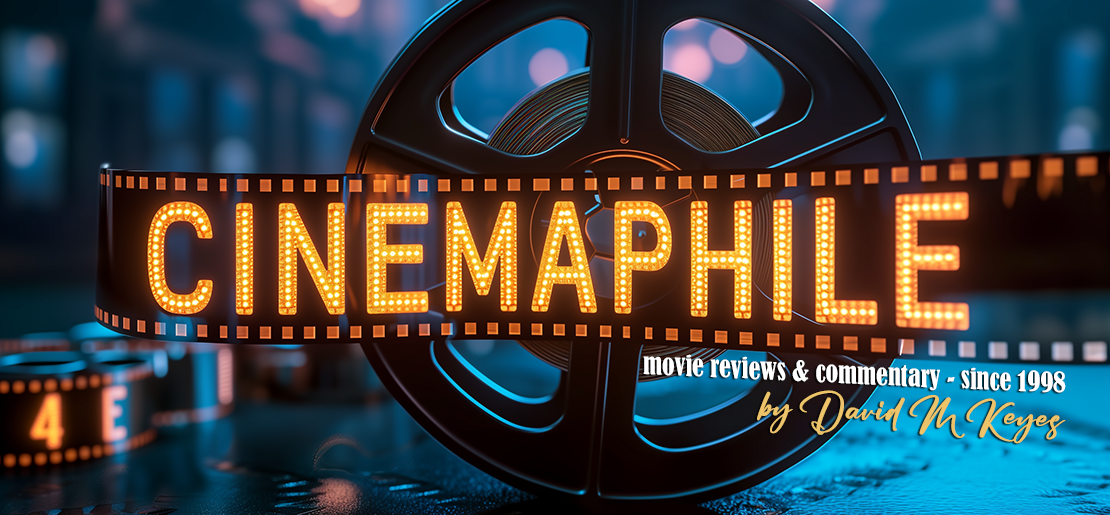Two of the most elusive lost values of horror movies are mood and social commentary, a detail that rises to prominence in the very fascinating “It Follows.” They both converge spectacularly in a climax that most other films would find dreary or out of place, but for the framework of David Robert Mitchell’s endeavor fit comfortably among a plethora of unorthodox sensations. To see them is to sense the filmmaker removing himself entirely from the populist agenda of his genre; what exists on the screen is not a straightforward scarefest or even an experiment in teenage endurance, but a silent meditation on the horrors they impose on themselves. These are characters seemingly so alienated by the mainstream way that they only have their isolation to comfort them. But that also makes them fertile hosts for a wide variety of horrific possibilities – legitimate or self-imposed, who knows? – and when one such girl runs away to the beach in an early scene before being brutally murdered by an unseen predator, it’s not what she sees or what happens to her that anchors the audience’s engagement – it’s the fact she is aware at all of what is coming that rattles all perceptions.
Saturday, April 29, 2017
Monday, April 10, 2017
The Last Circus / 1/2* (2010)
“The Last Circus” begins with a haughty conceit, an insinuation of profound moral challenges in which our enthusiasm is incited by striking images of a cheerful circus and the soldiers of political revolution converging in the shadows. The year is 1937: war-torn Spain faces uncertainty in a violent transition of power, and the threats of rebels seem to inspire desperation in the minds of fighters, forcing them to turn to the likes of mere entertainers for numbers among their crumbling ranks. “Don’t take off your makeup,” a general says to a newly drafted clown. “You will scare them more that way.” And so he does, roaring through a mess of violence and chaos carrying only a machete, all while a sadistic grin anchors the horror of the moment. The slaughter is swift and merciless, and inspires the disquieting respect of the opposition. When he is captured after the massacre, they don’t even bother with an outright execution – what would be the relevance? And of course that would undermine the more direct focus of the film: a small child lurking in the dark who is destined to replicate the clown (his father) in equal measures of cynicism. When the two share a moment after the battle is waged, in fact, the advice he receives goes to the core of more promising cinematic visions: “Become a sad clown. Ease your pain with revenge.” Forty years later, that child instead becomes the adult plaything of filmmakers who are bankrupt of basic tonal conviction.
Tuesday, April 4, 2017
House of the Dead / zero stars (2003)
The utterly dreadful “House of the Dead” wages war against the enthusiasm of moviegoers by asking a dangerous key question: can filmmakers be as stupid and irresponsible as the characters they exploit? Five minutes into the picture and I felt my inner child weeping for the future of the industry. That’s not to say this is an endeavor made with dubious intentions; on the contrary, I’m positive everyone involved legitimately thought they were participating in something amusing, at least on a professional level. But that makes their associations all the more damning when one contemplates them in the context of the final result, a film so inept that one can only gaze on it with relentless confusion. What possessed the director, Uwe Boll, to orchestrate his maddening opus with the hands of a clueless lunatic? What nerve did these writers (if you dare call them that) have in pitching a screenplay that most college students would be embarrassed to submit as a first draft assignment? And what of the designers of the game it is based on, who will no doubt look on at these images and find themselves inflamed with outrage that their source will now forever be disparaged by this stain of an incompetent adaptation?
Subscribe to:
Posts (Atom)



